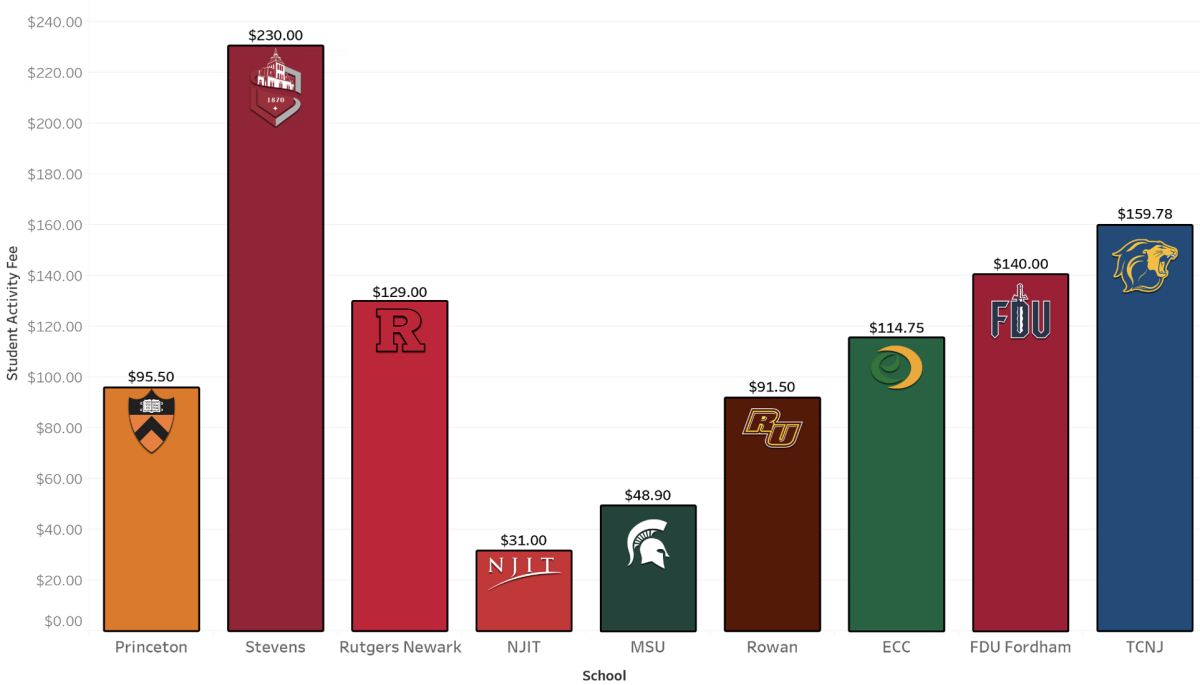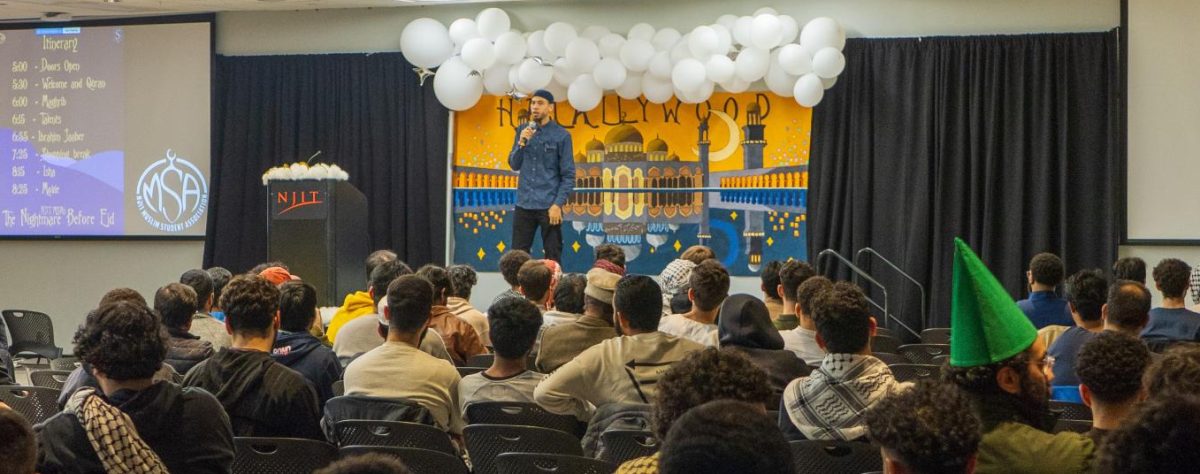The next presidential campaign is already beginning, with much of the campaigning and updates being posted to social media. After the controversies of the last presidential campaign, people are pushing for social media companies to stop the tide of false information, but many have pointed fingers at the wrong people. Instead of blaming social media companies for the spread of disinformation, we should turn to ourselves for the answer, according to a study from The Ohio State University.
According to researchers Erik Nibet and Olga Kamenchuk, there are three different kinds of misinformation campaign that can target us. The first of these are identity-grievance campaigns, which target divisions in the country, regardless of whether or not they are real. For example, Robert Mueller’s investigation into Russian interference in the 2016 presidential election revealed that the employees of the Internet Research Agency (which drove the Moscow operations), specifically targeted Americans for their prejudices. As more misinformation was released to the public, people became divided by race, religion, and other ideologies that tore even families apart. In particular, African-Americans audiences were victims of malicious actions such as text-to-vote scams, third-party redirections (in which case, the Democratic Party would receive less votes), and turnout depression. The Mueller report found that neither the left nor right leaning party was targeted as much or as viciously as the black community.
Identity-grievance campaigns were quite successful in dividing up audiences across America, but they are not the only form of misinformation we should watch out for. People can also fall prey to information gaslighting. False information floods through a country, distracting people from reality and creating uncertainty in society. Recently, Sri Lanka suffered a deadly bombing and in response, the government blocked major social media platforms such as Facebook, YouTube, and WhatsApp to stop the spread of false information.
The last type of disinformation, known as incidental exposure, aims to increase the number of times a certain population is exposed to a certain piece of false information. Increasing exposure to false information also increases familiarity among populations that are exposed to this information, and in turn, blurs the lines between reality and falsehood. Eventually, as people become numb to false information, they stop trying to discern the truth and become more willing to accept false realities.
Often, the spread of disinformation depends on invoking negative emotions among consumers. One proposed solution to end the spread of false information is to employ “emotional dampening” tools, which would push aside negative emotions and instead call for more civilized conversations about controversial topics over various platforms. While this hasn’t been implemented on a large-scale basis, it is important that we keep on the lookout for misinformation.
With the 2020 presidential election coming up, we need to be wary of campaigns that miseducate us and spread false information. To get the most accurate version of reality, make sure to collect information from multiple sources, even sources that disagree with each other, because there is bound to be overlapping information that is correct. While the last presidential election was riddled with false information, we can be more educated and better prepared as we consume content from social media platforms.































